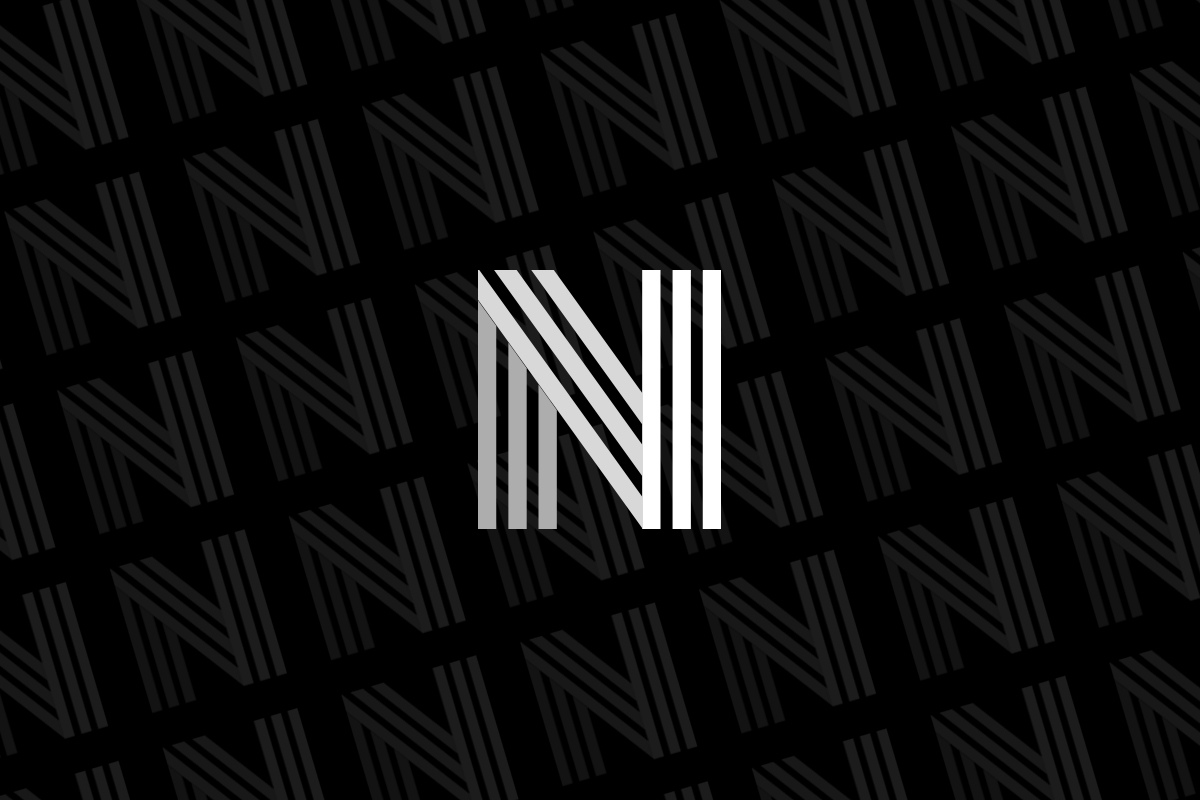Amazon and the U.S. government are facing off in a Seattle courtroom over Prime, the company’s lucrative subscription service. The government alleges that the company “tricked” people into paying for Prime memberships that were purposefully hard to cancel.
The lawsuit marks one of the biggest federal cases pursuing one of the world’s largest companies. Somewhat unusually for a dense antitrust case, a jury will determine whether Amazon broke the law. Oral arguments are expected to begin on Tuesday in the trial that’s slated to last for nearly a month.
The Federal Trade Commission has accused Amazon of violating consumer-protection and competition laws in how it got people to sign up for Prime, the subscription service that costs $139 a year or $14.99 a month. Amazon denies any wrongdoing.
This Prime case is a prelude to the FTC’s second and sweeping lawsuit that has accused Amazon of functioning as a monopoly. Amazon has said that suit is “wrong on the facts and on the law.” That trial is slated for early 2027, in front of the same judge, John Chun of the U.S. District Court for the Western District of Washington.
The FTC alleges that millions of people signed up for Prime unintentionally thanks to Amazon’s use of what’s known as dark patterns, which the lawsuit describes as “manipulative design elements that trick users into making decisions they would not otherwise have made.”
One example regulators offered showed a large yellow button “Get FREE Two-Day Shipping” as a swift way to sign up without much detail about recurring membership costs, while a small blue hyperlink “No thanks, I do not want fast, free shipping” would avoid signing up for Prime.
Amazon argues its Prime members are drawn by the program’s benefits, not design tricks. It says its designs and disclosures are in line with — or even clearer than — the rest of the subscription industry.
“Occasional customer frustrations and mistakes are inevitable — especially for a program as popular as Amazon Prime,” the company’s trial brief says. “Evidence that a small percentage of customers misunderstood Prime enrollment or cancellation does not prove that Amazon violated the law.”
“The question is when design crosses the line into a situation where a reasonable consumer does not have a fair shot of understanding what’s going on,” Matwyshyn says.
Amazon is also defending three of its executives who were personally named in the FTC’s lawsuit as individuals alongside the company as a whole.
In July, Judge Chun formally admonished Amazon lawyers for some of their legal tactics in the lawsuit.
The judge wrote that this conduct was “tantamount to bad faith” and appeared motivated by “the
desire to gain a tactical advantage.”
Judge Chun has sided with the FTC in several other procedural rulings; he has also denied Amazon’s motion to dismiss the lawsuit. The FTC’s investigation of Amazon began during the first Trump administration. The agency did not file its lawsuit until 2023, however, when it was under the leadership of Lina Khan, the firebrand Biden appointee.
Amazon is an NPR financial supporter and pays to distribute some of our content.
Source: www.npr.org
